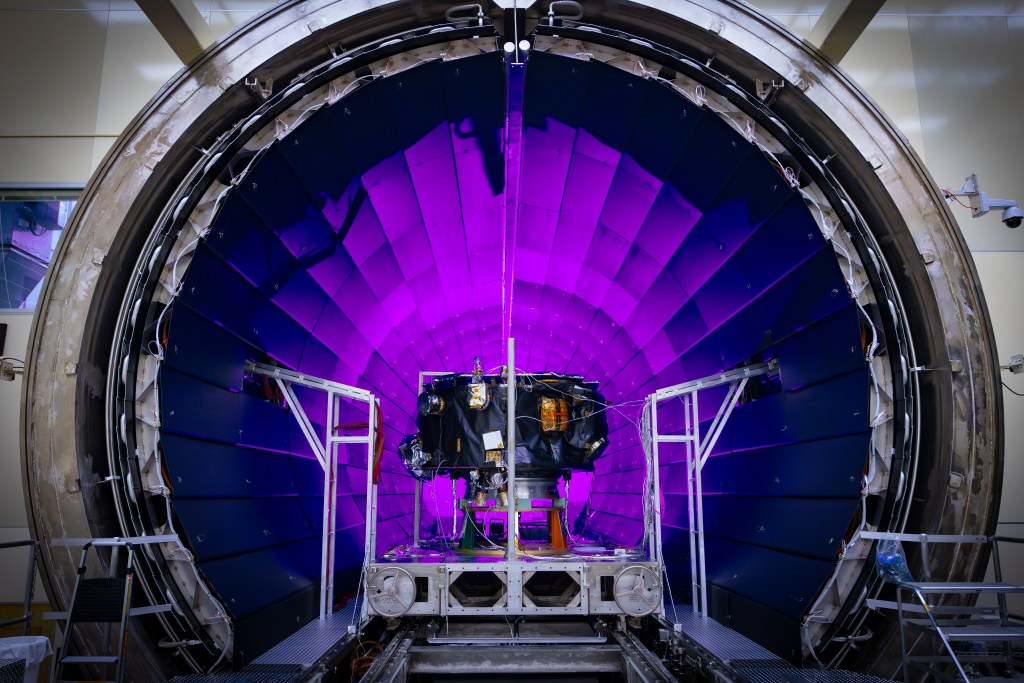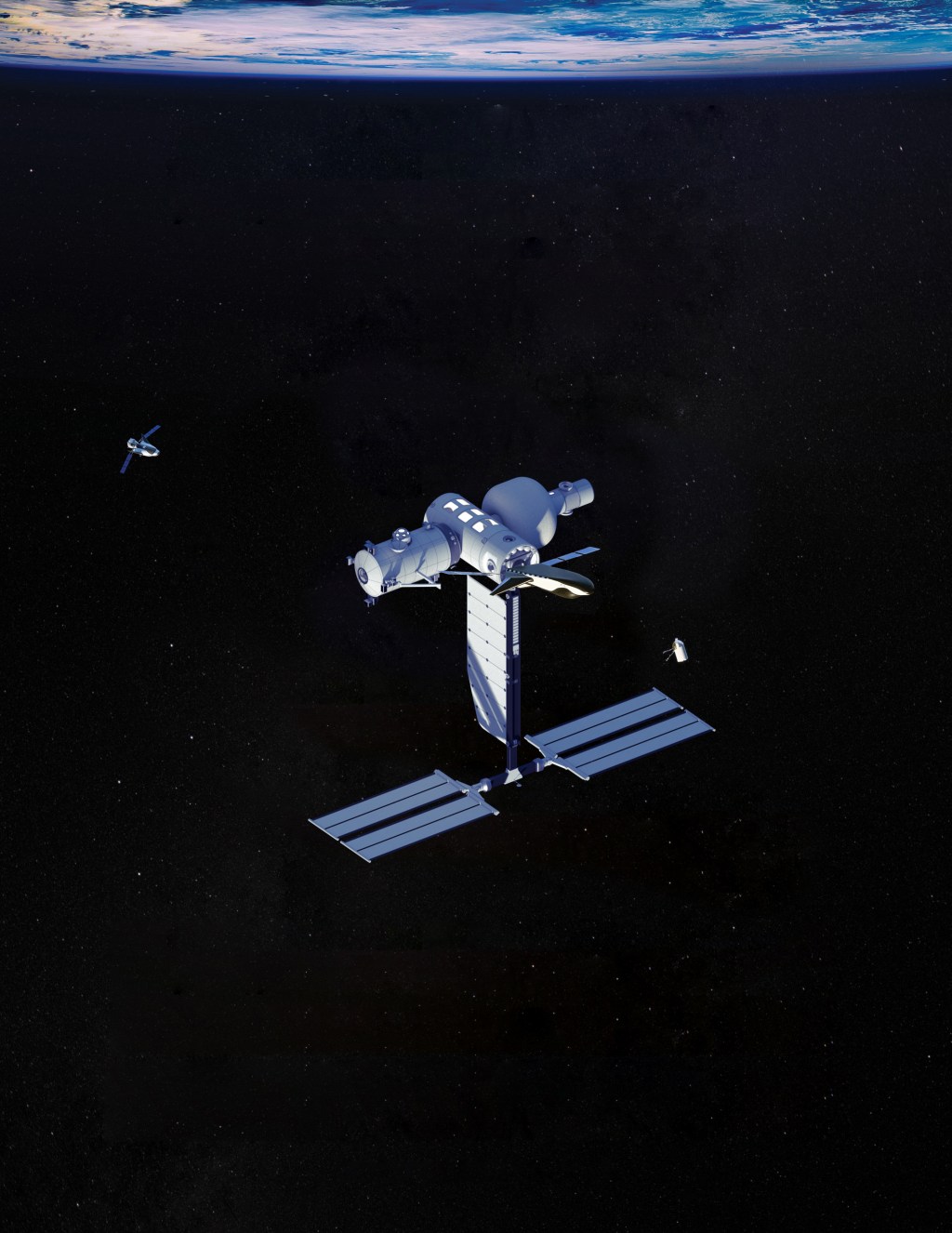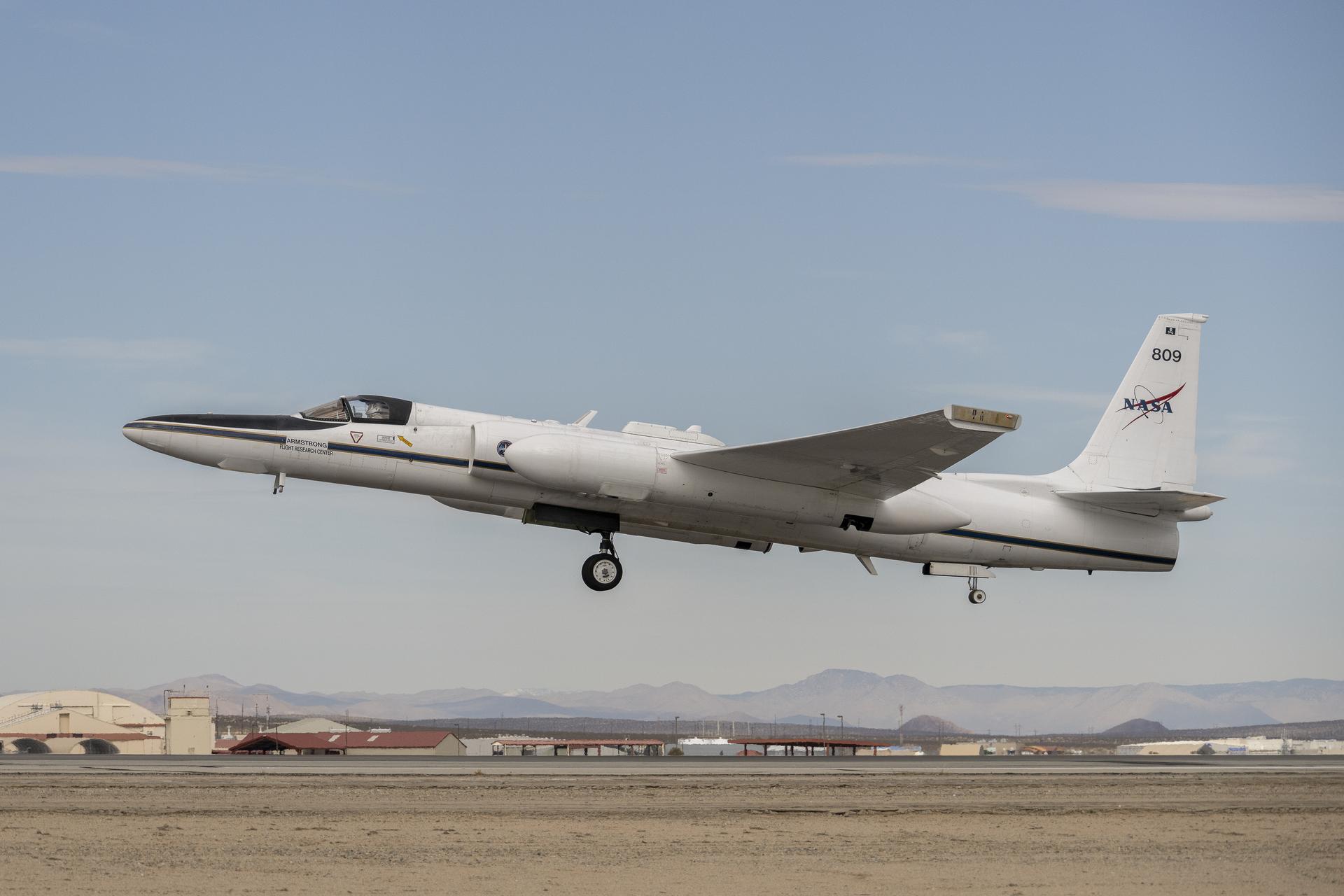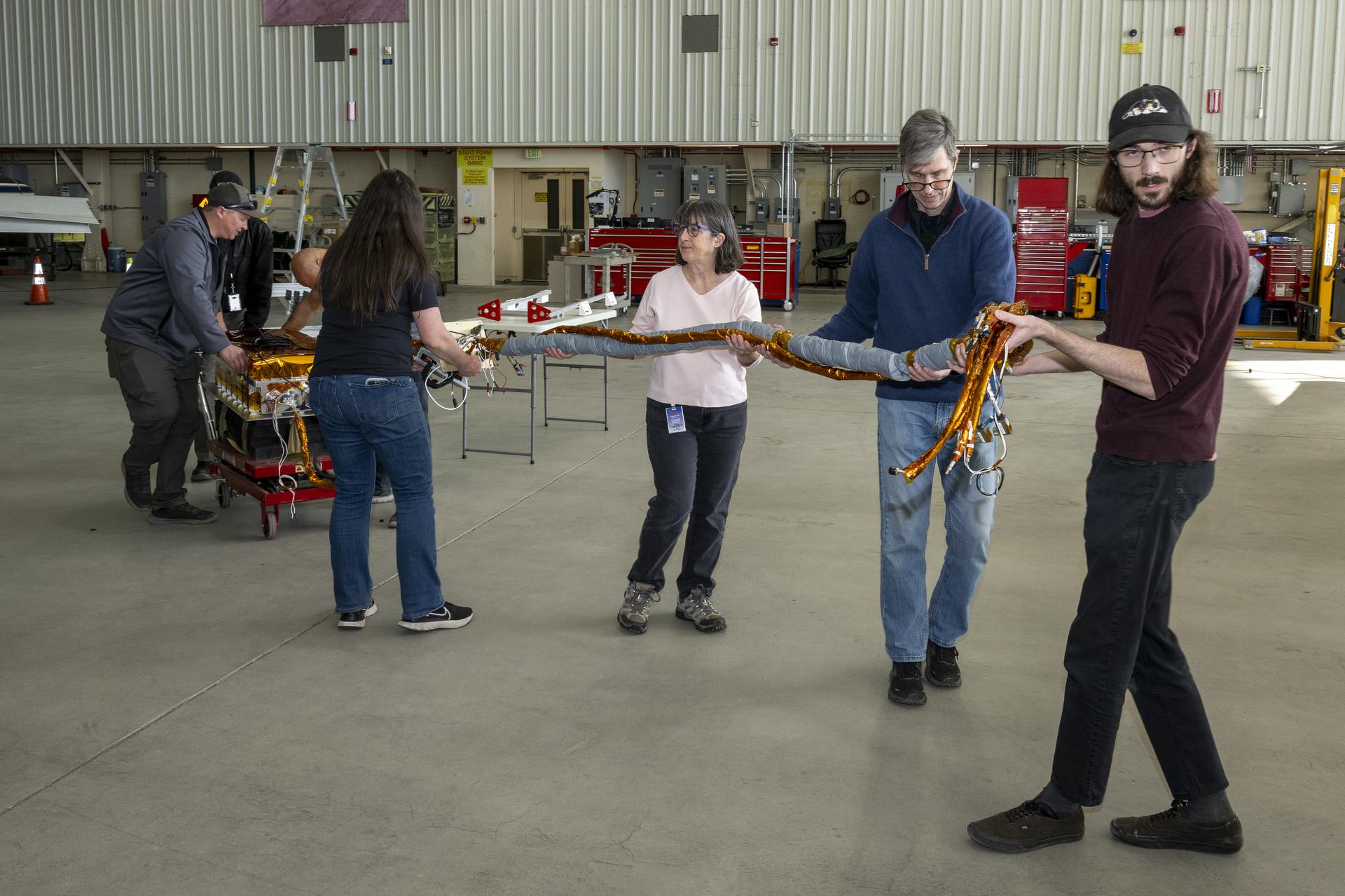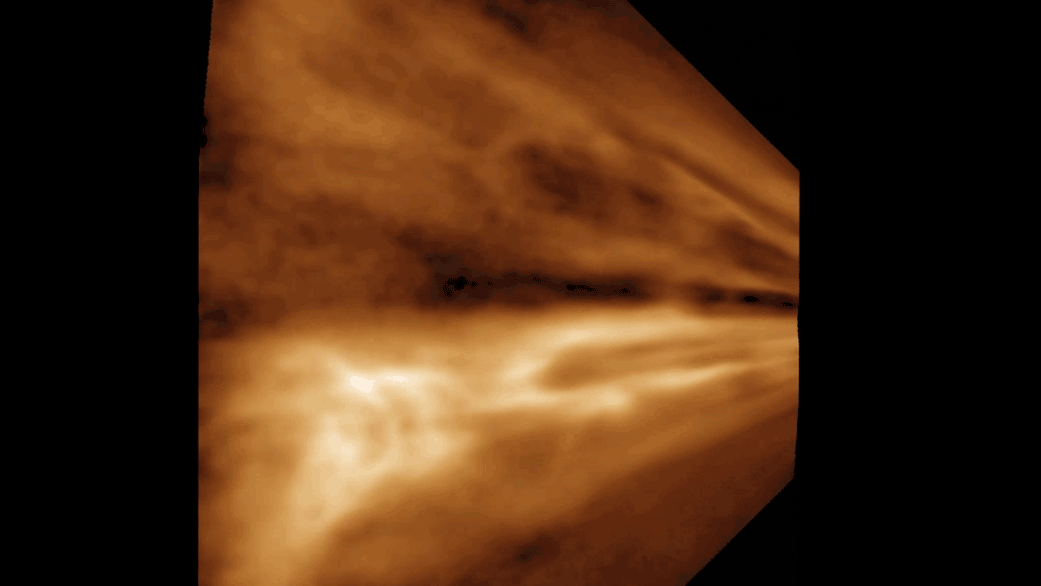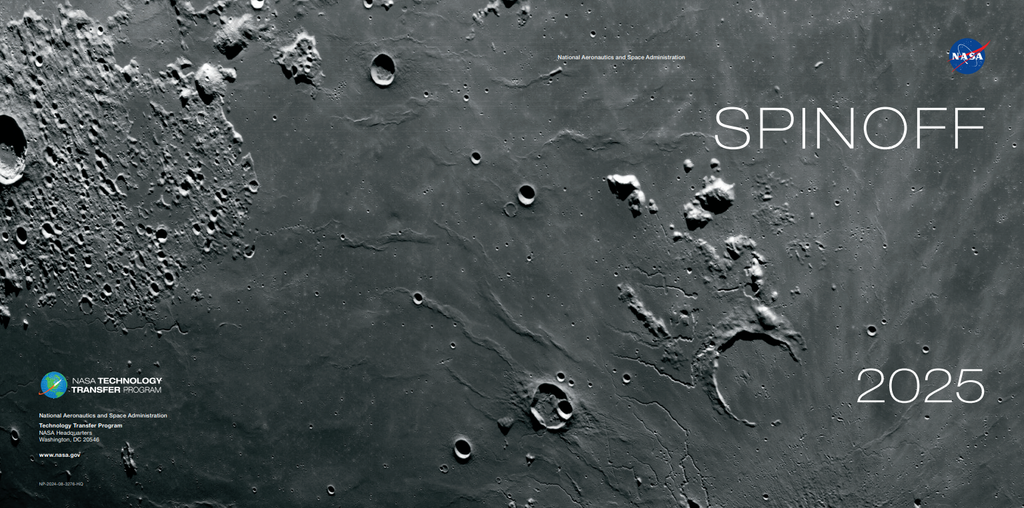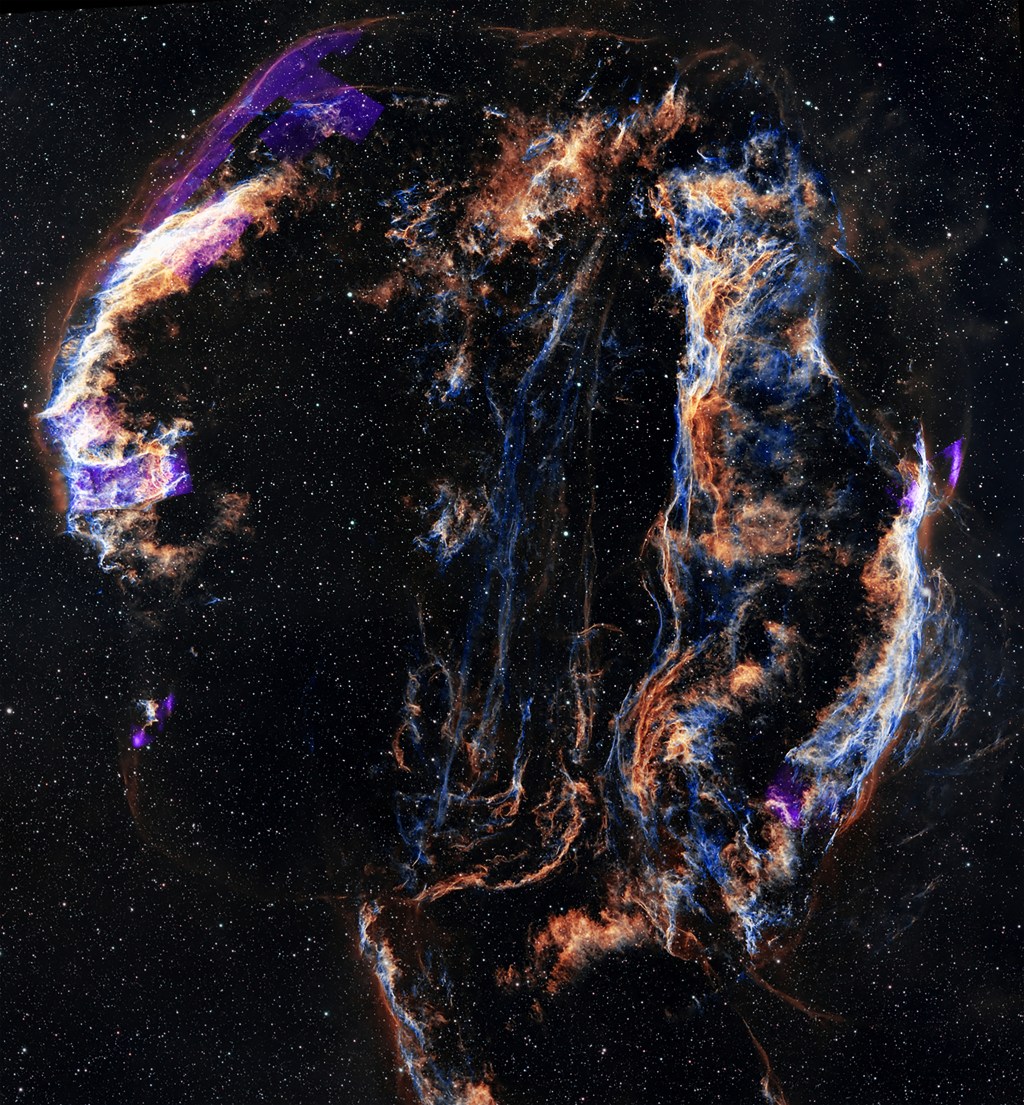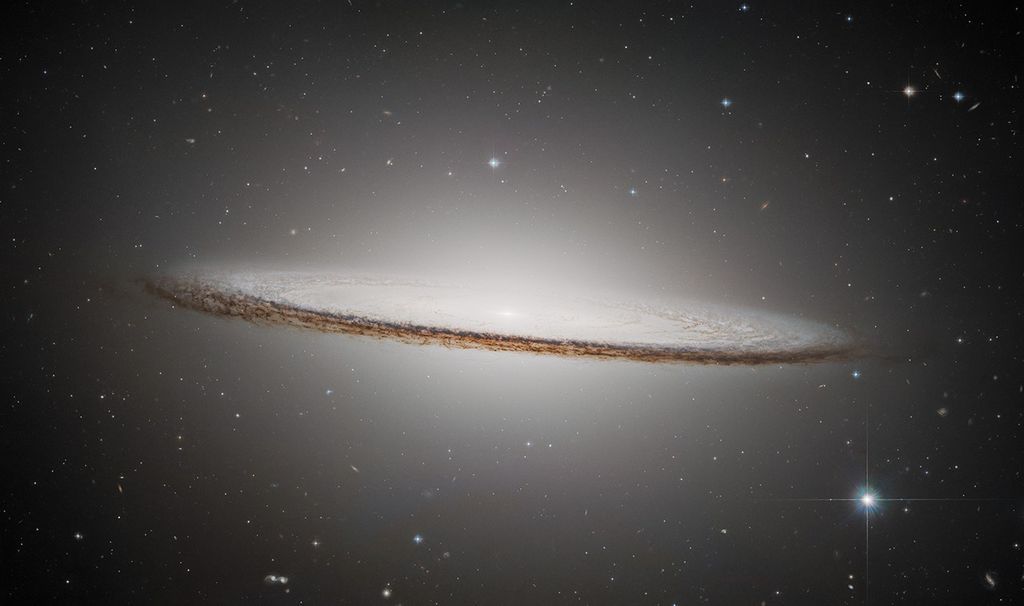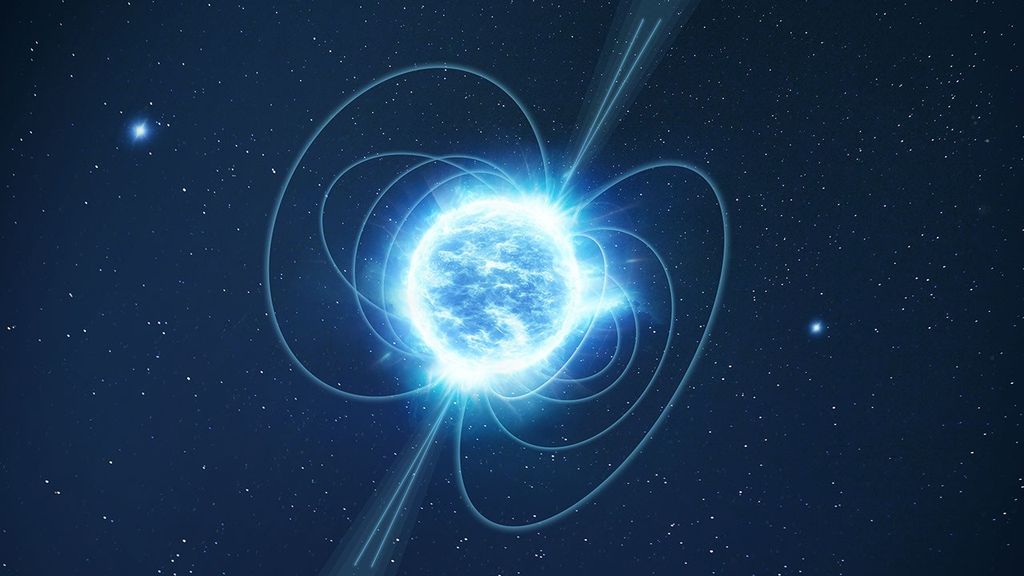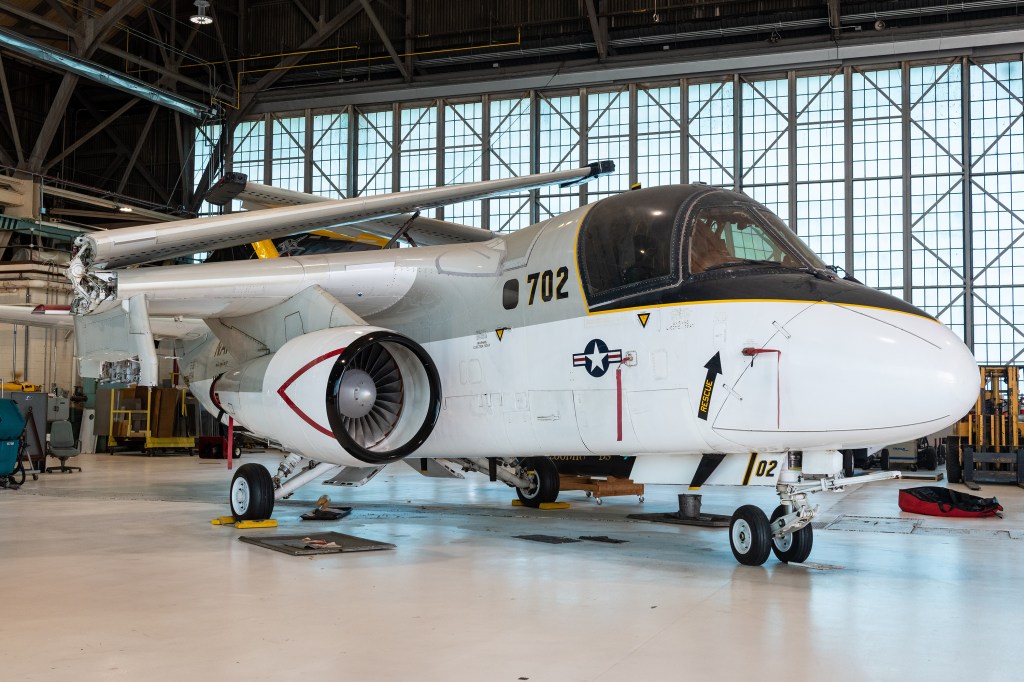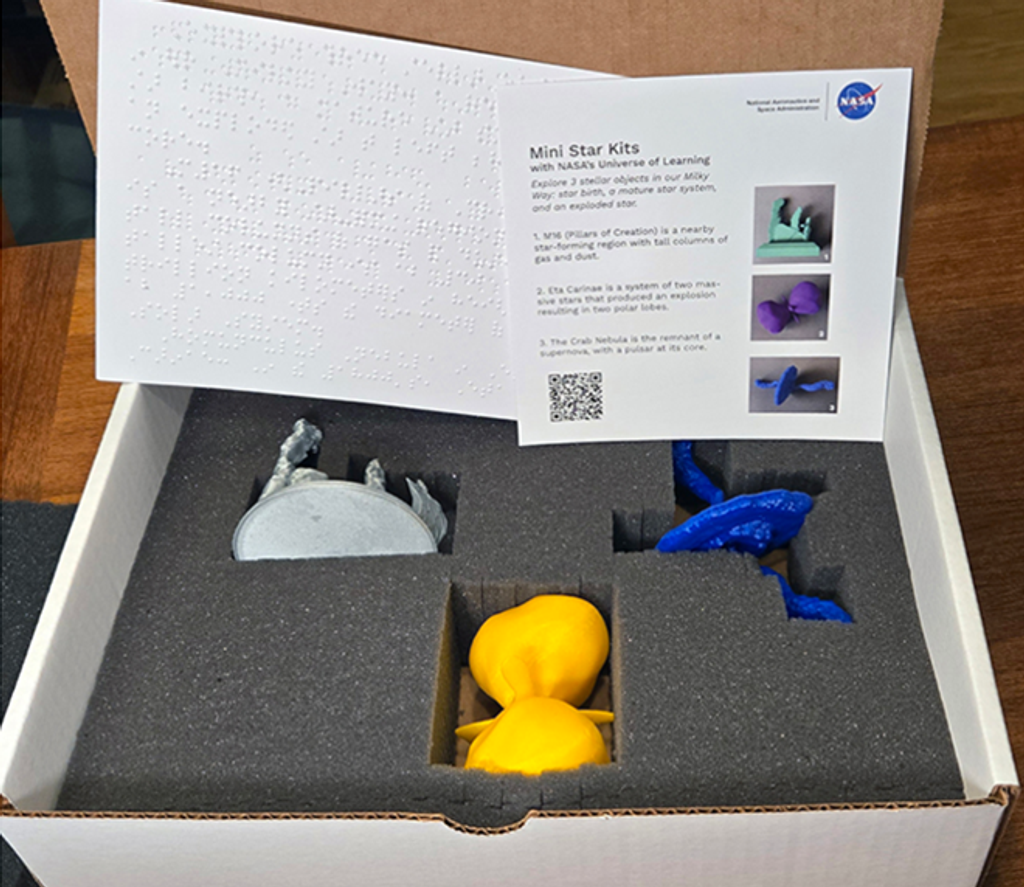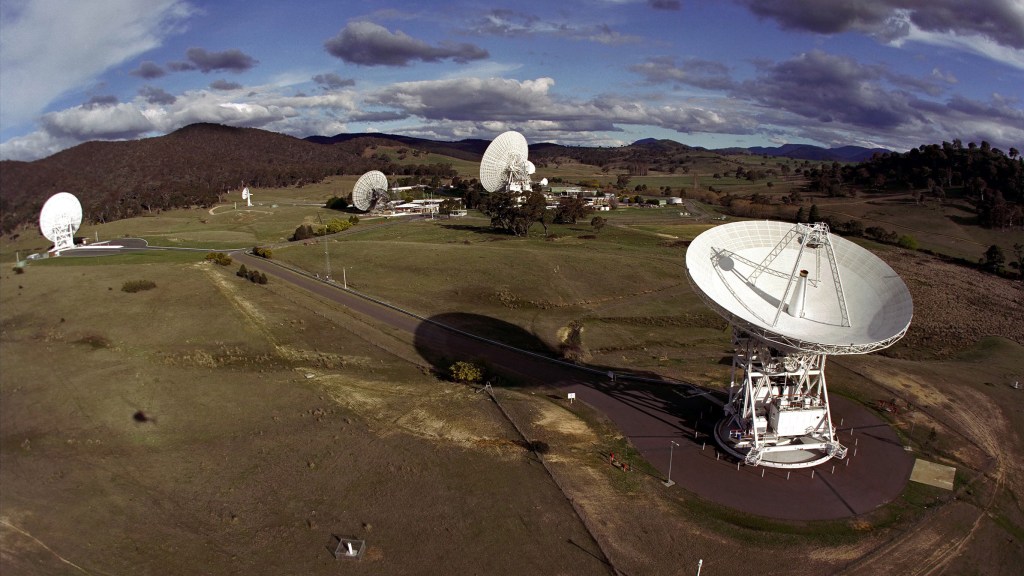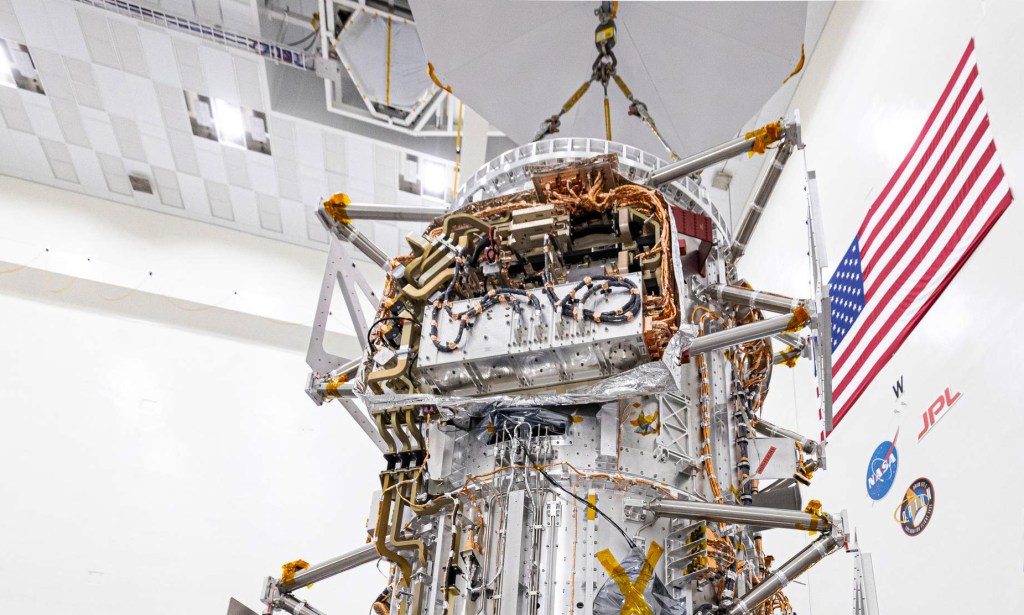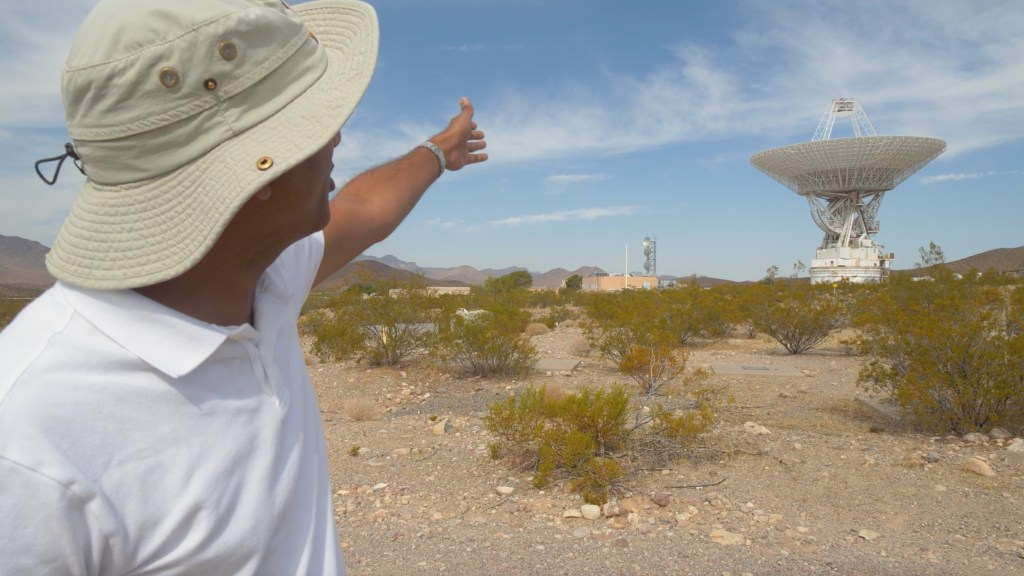Technology Assessment Reports
Guidance Navigation and Control Technologies
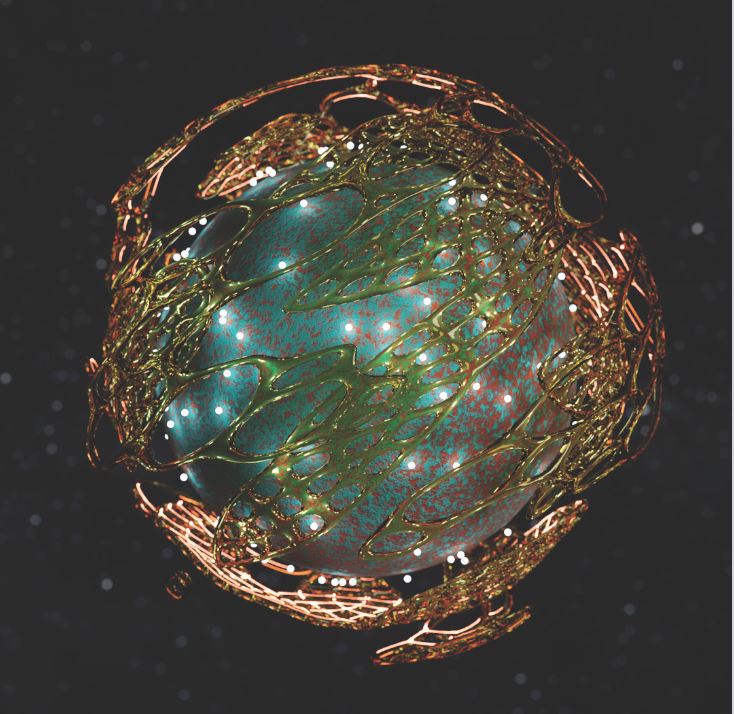
Guidance, Navigation, and Control Technology Assessment for Future Planetary Science Missions Part I. Onboard and Ground Navigation and Mission Design (February, 2023)
Part I, Onboard and Ground Navigation and Mission Design, is one of a series of four technology assessment reports evaluating the capabilities and technologies needed for future missions pursuing SMD PSD’s scientific goals.
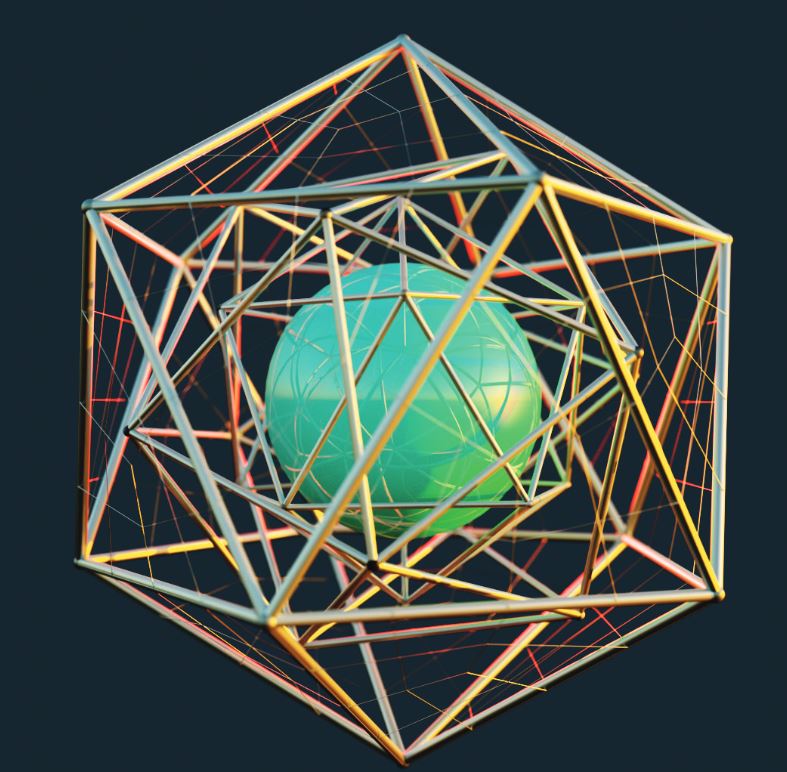
Guidance, Navigation, and Control Technology Assessment for Future Planetary Science Missions Part II. Onboard Guidance, Navigation, and Control (February, 2023)
Part II, Onboard Guidance, Navigation, and Control, is the second in a series of four technology assessment reports evaluating the capabilities and technologies needed for future missions pursuing SMD PSD’s scientific goals.
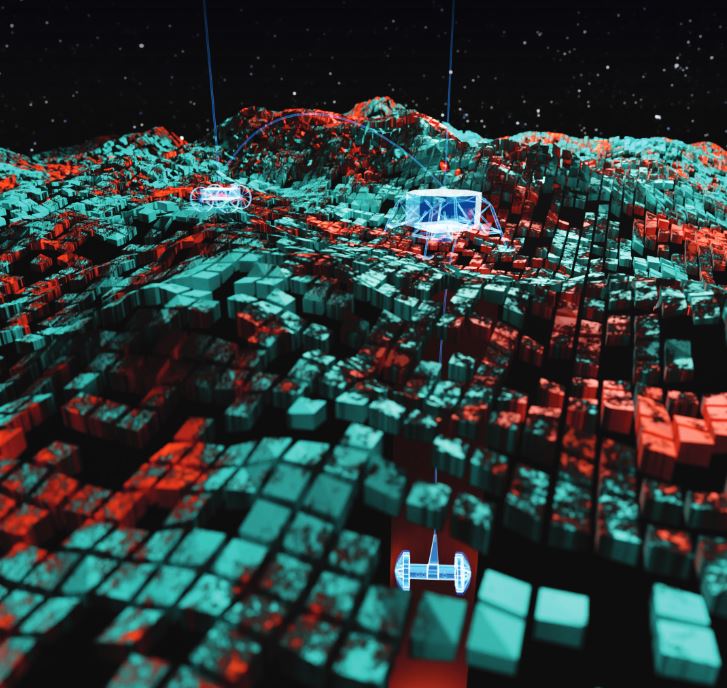
Guidance, Navigation, and Control Technology Assessment for Future Planetary Science Missions Part III. Surface and Subsurface Guidance, Navigation, and Control (February, 2023)
Part III: Surface and Subsurface Guidance, Navigation, and Control – is the third in a series of four technology assessments evaluating the capabilities and technologies needed for future missions pursuing SMD PSD’s scientific goals.
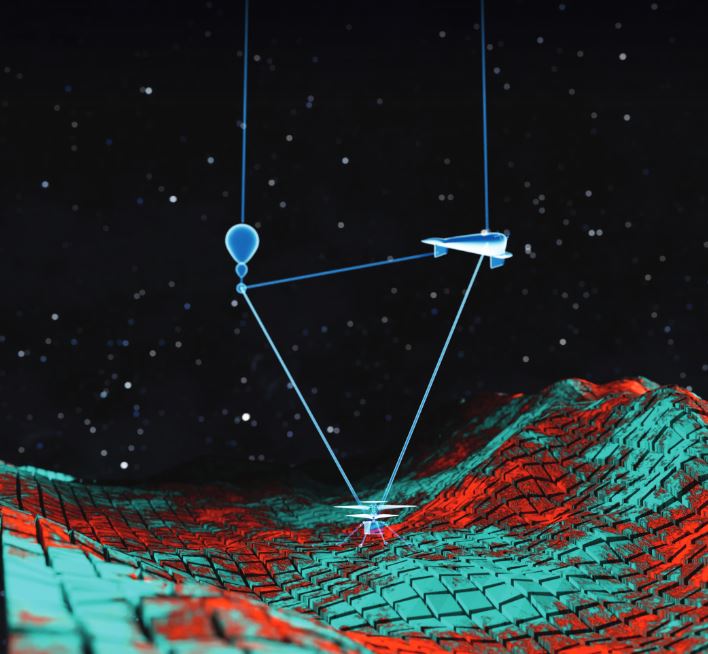
Guidance, Navigation, and Control Technology Assessment for Future Planetary Science Missions Part IV. Aerial Guidance, Navigation, and Control (February, 2023)
Part IV: Aerial Guidance, Navigation, and Control – is the fourth and last in a series of technology assessments evaluating the capabilities and technologies needed for future missions pursuing SMD PSD’s scientific goals.

Guidance, Navigation, and Control Technology Assessment - Onboard and Ground Navigation and Mission Design (October 2012)
Advancements in guidance, navigation, and control, and mission design – ranging from software and algorithm development to new sensors – will be necessary to enable these future missions.
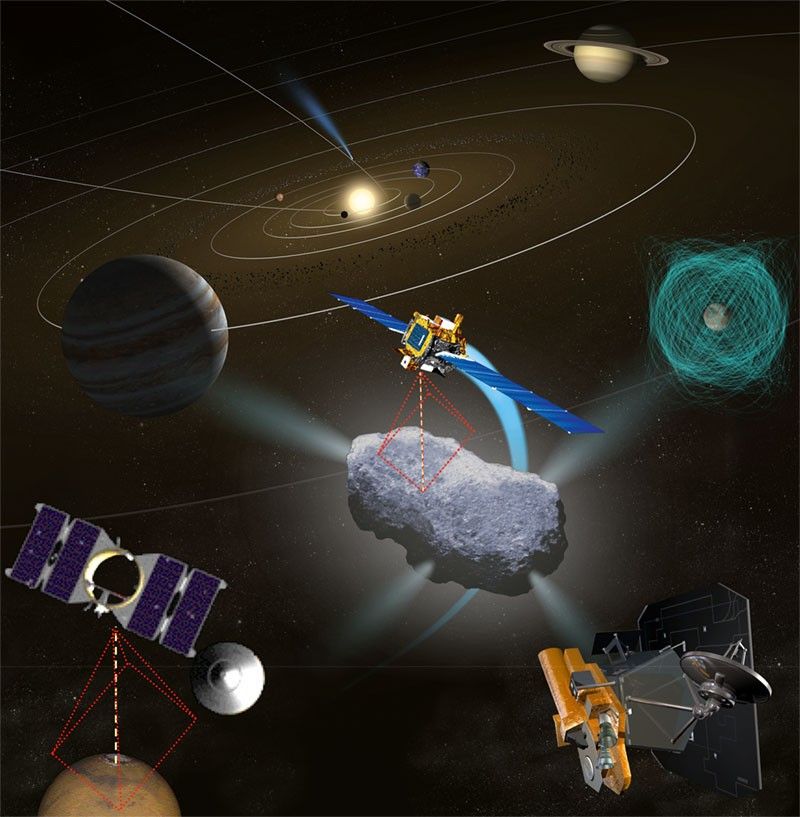
Guidance, Navigation, and Control Technology Assessment – Onboard Guidance, Navigation and Control (January 2013)
This document-Part II, Onboard Guidance, Navigation, and Control-is the second in a series of three technology assessments evaluating the capabilities and technologies needed for future missions pursuing SMD PSD's scientific goals.

Guidance, Navigation, and Control Technology Assessment – Surface Guidance, Navigation and Control (April 2013)
This document-Part III, Surface Guidance, Navigation, and Control-is the third, and last, in a series of technology assessments evaluating the capabilities and technologies needed for future missions pursuing SMD PSD's scientific goals.
Power Technologies
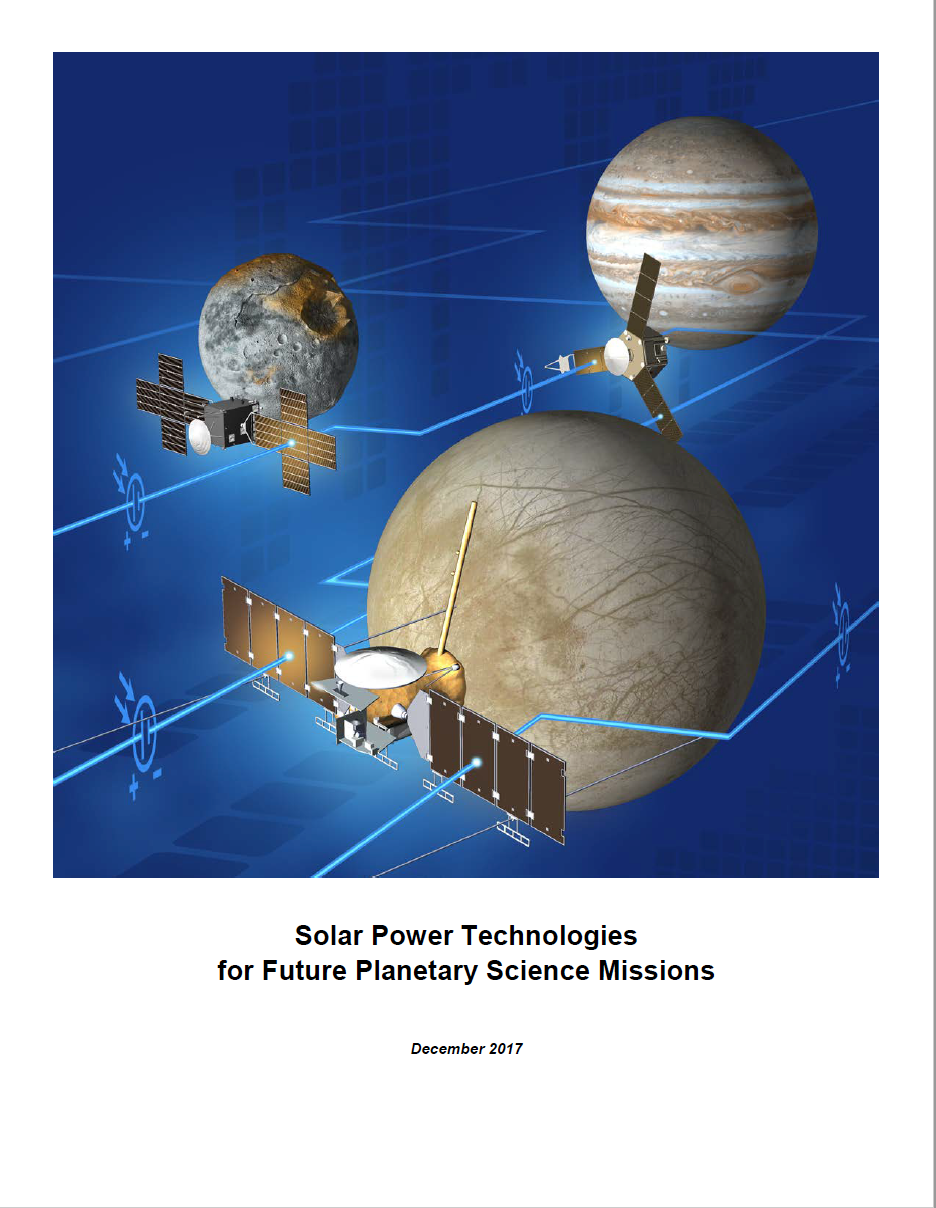
Solar Power Technologies for Future Planetary Science Missions (December 2017)
An assessment of the space solar power technologies required to enable/enhance the capabilities of future planetary science mission concepts.

Solar Cell and Array Technologies for Future Space Missions (June 2002)
NASA's Office of Space Science (OSS) requested JPL to lead a team to delineate the power requirements for potential NASA space science missions and assess the capability of the present solar cell and array technologies.

Energy Storage Technologies for Future Planetary Science Missions (December 2017)
An assessment of the space energy storage systems required to enable/enhance the capabilities of future planetary science missions.

Energy Storage Technologies for Future Space Science Missions (November 2004)
The goal of the study was to assess the potential of advanced energy storage technologies to enable and/or enhance next decade (2010-2020) NASA Space Science missions, and to define a roadmap for developing advanced energy storage technologies.

Extending Exploration with Advanced Radioisotope Power Systems (November 2005)
The purpose of this report is to introduce and describe the advanced RPS technologies currently being considered by NASA for future space mission applications, and to assess their relevant merits from a mission and system engineering perspective over a range of potential mission applications.
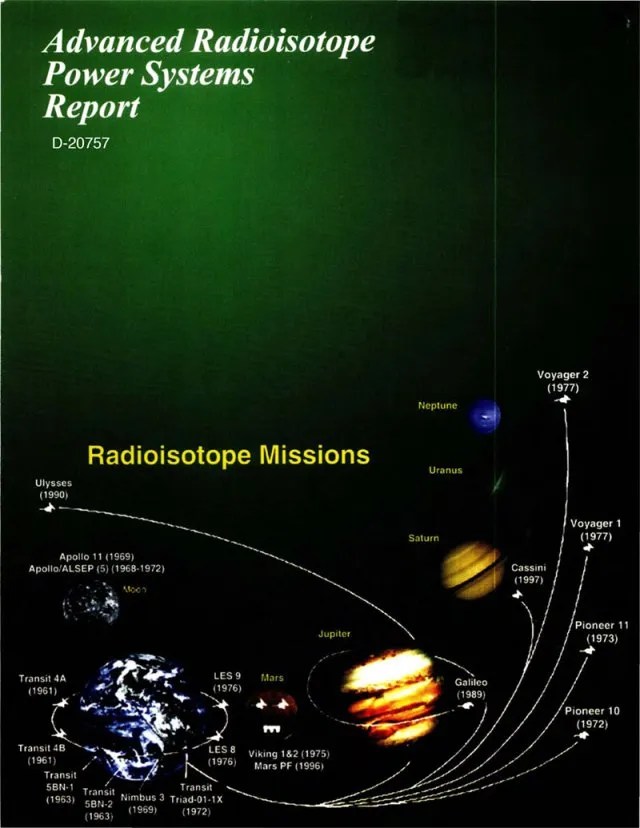
Advanced Radioisotope Power Systems Report (March, 2001)
This summary report is the result of reviewing the power requirements for future NASA science missions and providing a technical assessment of the radioisotope power conversion technologies being considered for these future NASA missions.
Planetary Protection and Contamination Control Technologies
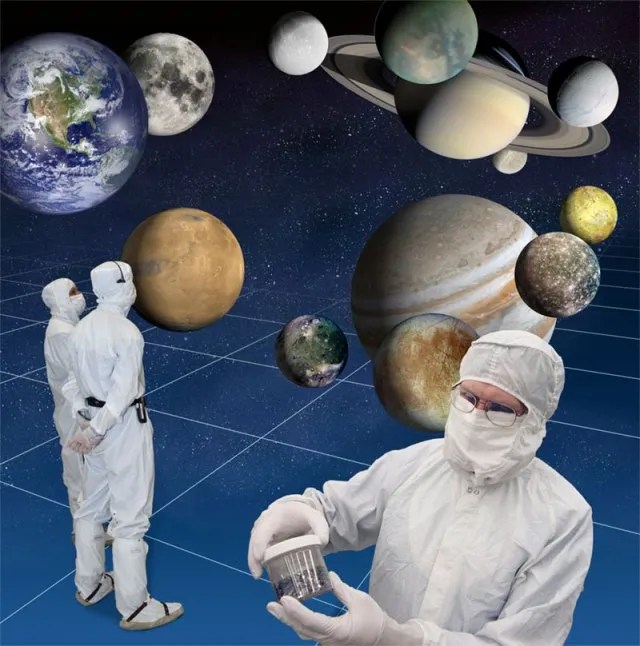
Assessment of Planetary Protection and Contamination Control Technologies (January 2012)
In January 2012, an updated review of technology needs in Planetary Protection and science contamination control was conducted at the Jet Propulsion Laboratory.
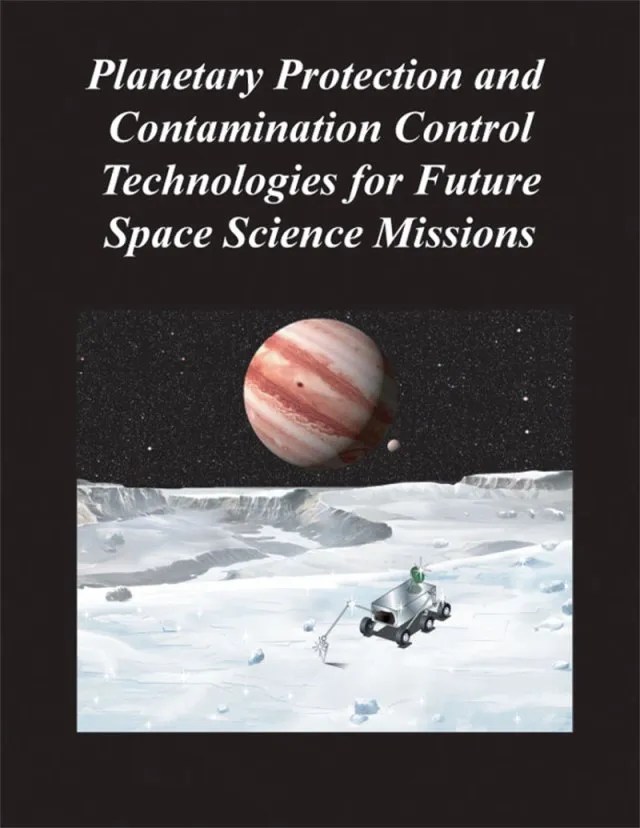
Planetary Protection and Contamination Control Technologies for Future Space Science Missions (June 2005)
A review of technology needs in Planetary Protection and science contamination control was conducted at the Jet Propulsion Laboratory.
Other Key Planetary Science Technologies
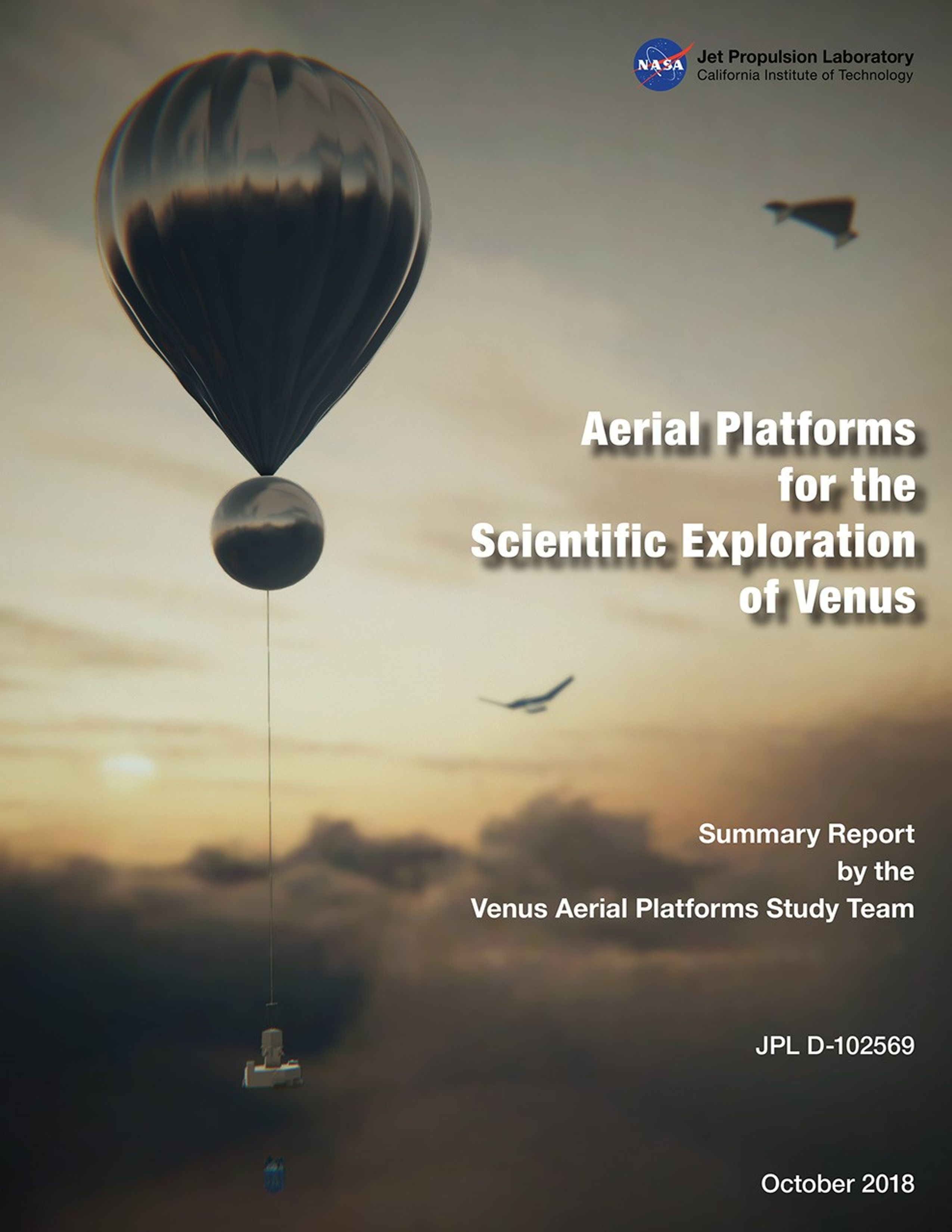
Aerial Platforms for the Scientific Exploration of Venus (October 2018)
Aerial platforms can now be equipped to investigate the structure of Venus' atmosphere and its circulation, and also ]to determine the chemical nature of the gaseous atmosphere and clouds.
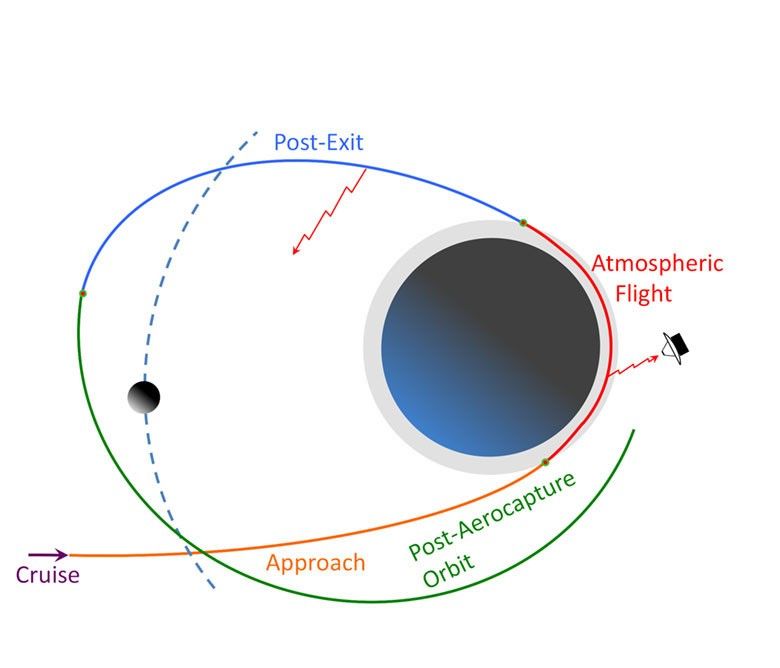
The Assessment of Aerocapture and Applications to Future Missions (February 2016)
Aerocapture technologies have the potential for enabling orbital missions to the outer planets and their satellites with shorter trip times than is practical when achieving orbit capture using conventional chemical propulsion.
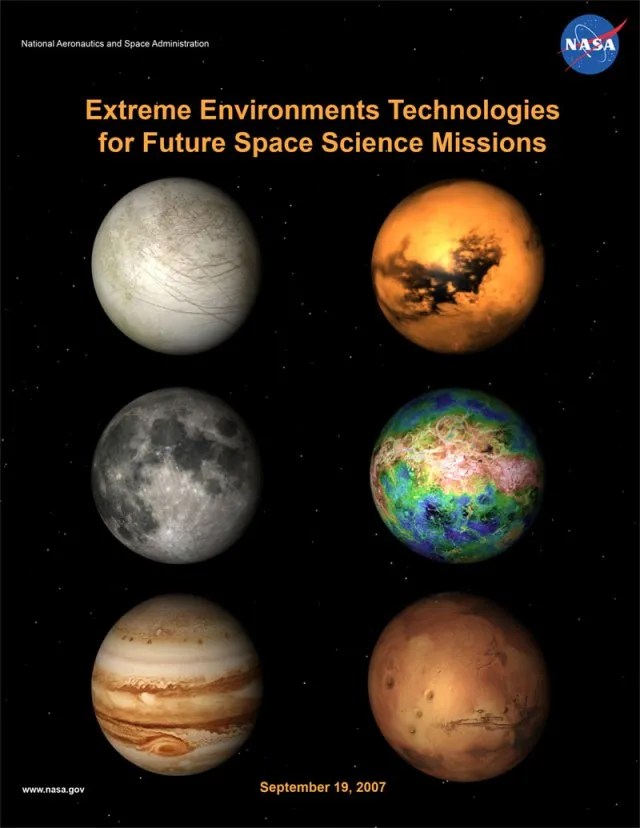
Extreme Environment Technologies for Future Space Science Missions (September 2007)
The Planetary Science Division of the Science Mission Directorate, National Aeronautics and Space Administration (NASA), supports a technology planning effort at JPL, whose goal is to identify the technologies needed for future missions.




